When it took its first steps 20 years ago, Italian craft beer mainly had to compete with wine. In an initial attempt to compete directly, it borrowed methods and visual codes: a 75cl bottle size, visuals inspired by the rural soul of the winemaking world, and price positioning and consumption occasions which all belonged to wine.
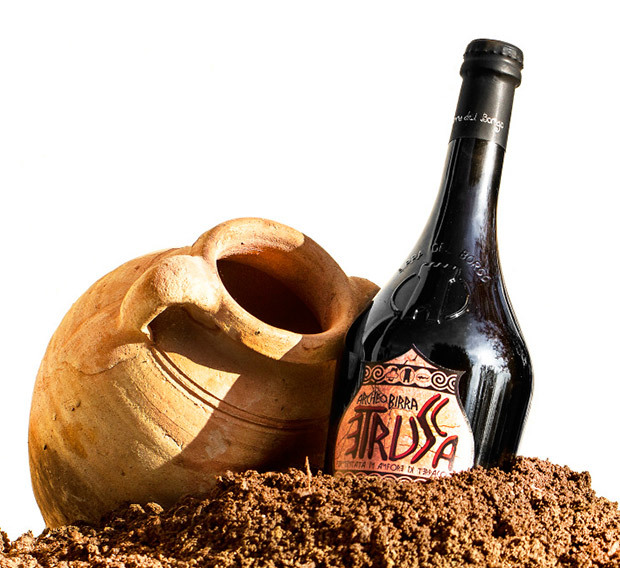
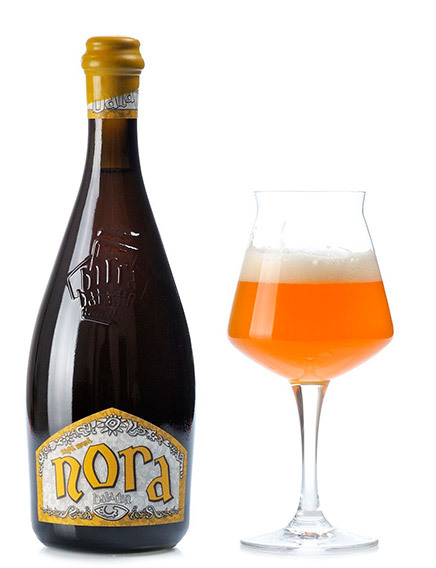
Only in the last five years we have seen a marked change in direction: the craft sector has distanced itself from traditional, artisanal positioning to move towards a more contemporary craft territory. Gradually, it started speaking the languages of the brewing industry, from the use of 33cl bottles to greater immediacy in communication, from the simplification of its packaging to the attempt to position itself as more of an everyday product.
Even beer styles and therefore product ranges followed the same shift. Initially, Italian craft beer was associated with a product that was often complex and rich, whereas nowadays it has expanded to include more simple and accessible styles, such as lagers – previously relegated to industrial production only – or styles influenced by contemporary trends, such as American IPAs
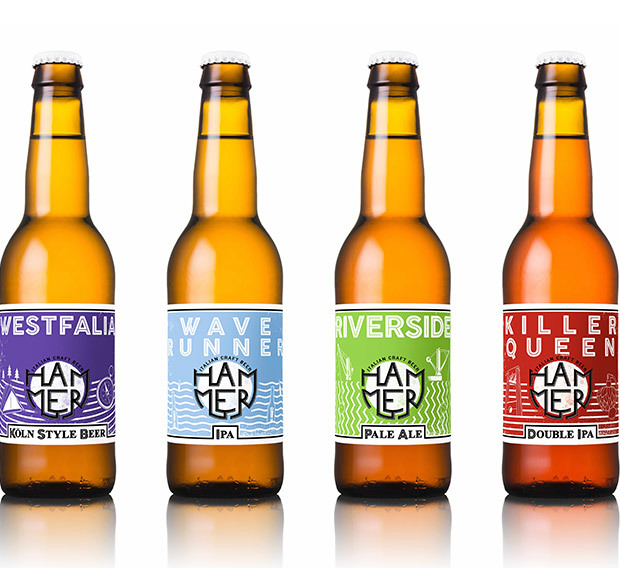
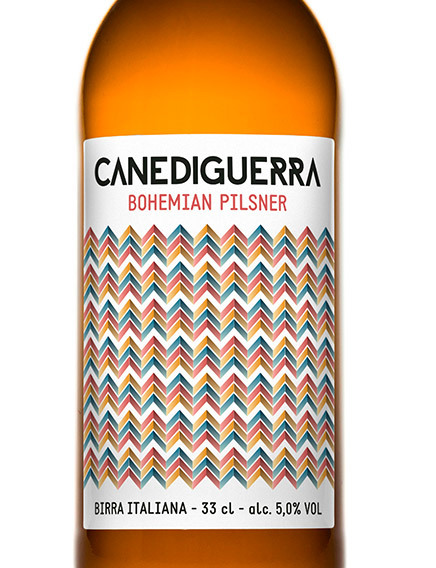
The normalisation of craft beer is destined to continue. From all fronts, an ever-growing number of products and brands will seize the middle ground between artisanal and industrial: we will see more and more craft-like industrial beers and more and more breweries with an industrial setup.
This middle ground will grow, eventually becoming the norm to the detriment of small artisan producers and the slight erosion of the industrial beer market.
An excellent example of this transition in the UK market is Camden Town Brewery. A microbrewery that was born, like so many in London, under a railway arch, with a small site and only a handful of staff who, however, have shown themselves to be strongly consumer-oriented from the outset. The creation of a taproom where they could sell their products and bring the brand experience to life, a visual identity that is based on a simplicity and directness that are instantly attention-grabbing, a flagship product that very courageously redefines the everyday lager and an entrepreneurial mindset that led them to launch a successful equity crowdfunding campaign and finally sell the business to AB Inbev.
In the coming years, the real growth will come from those who will be able to make craft beer, namely beer that average consumers would define neither industrial nor artisanal, more accessible not only in terms of distribution and price but also in terms of communication and visual languages.
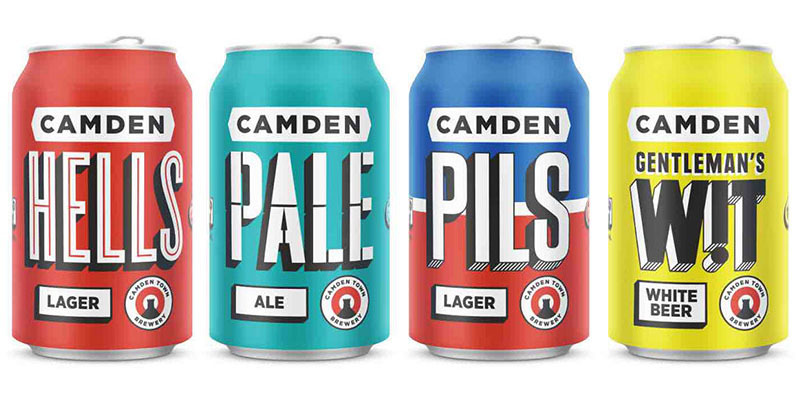
With a background in Carlsberg’s Italian and Danish marketing and innovation teams, she made her way to London, where after three years as a brand strategist at Kantar Added Value she founded ByVolume, a creative agency specialising in food and drink. Her product knowledge stems from an expertise that can only come from true passion: she regularly judge at beer competitions around the world including Birra dell’Anno (Beer of the Year) in Italy, the International Beer Challenge in the UK, and the World Beer Cup in the USA.

